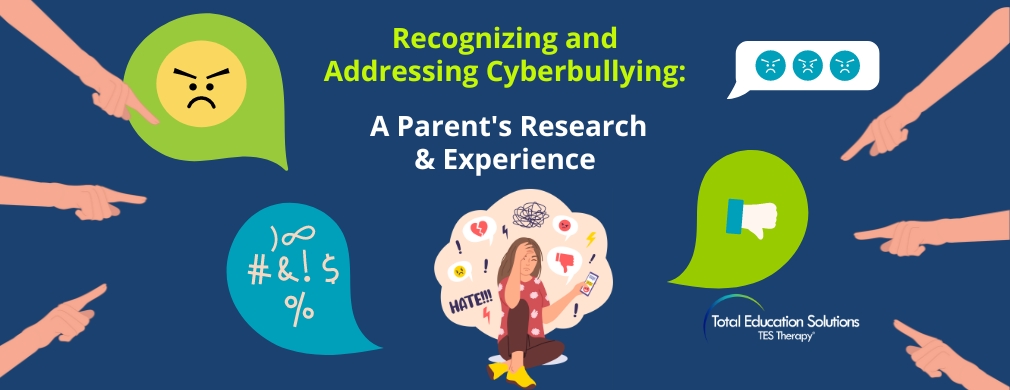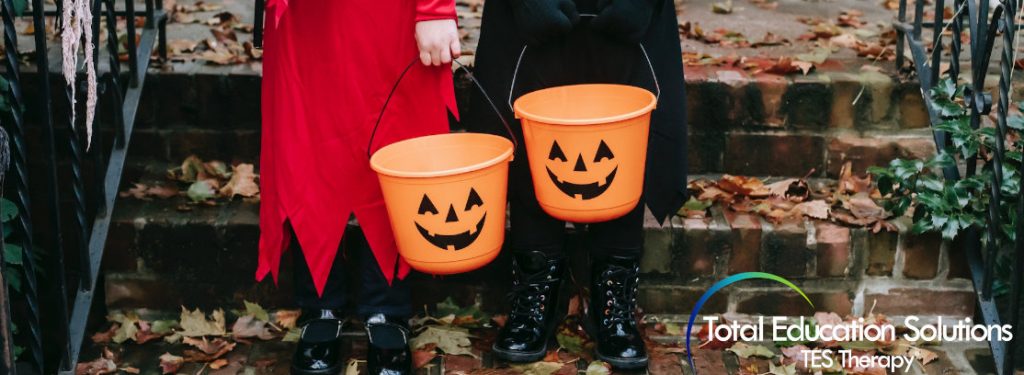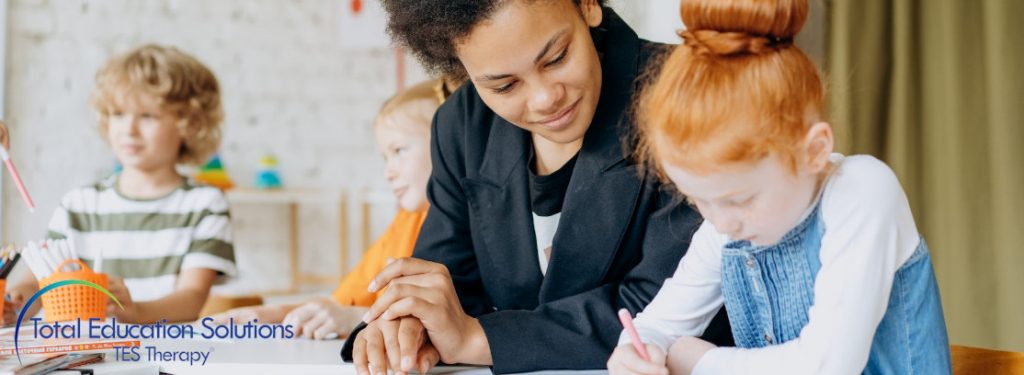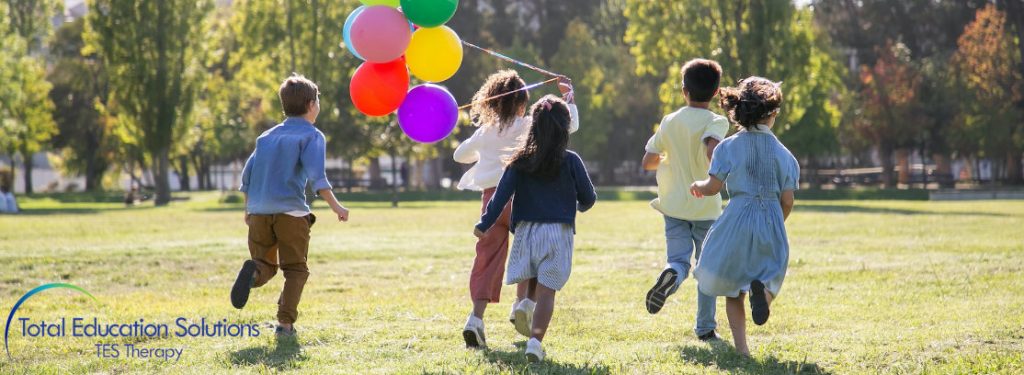4 WAYS TO MAKE THE HOLIDAYS AUTISM-FRIENDLY
Festive lights and décor
Twinkling lights, giant singing displays, evergreen scents permeating the house, and candy canes hanging from a tree that is suddenly sprouting from your living room. It’s natural for sensory overload to come into play. Even if a child with autism doesn’t have sensory issues, the sudden change in environment could spark caution or a meltdown. To ease the transition into a winter wonderland, consider allowing your kiddo to choose the decorations for your home. Have him or her help trim the tree or decide where to place the holiday items if that makes sense for your family. Avoid flashing lights, sparkling ornaments, and décor with sounds, if that’s what bothers your child.
Holiday shopping
For those touched by ASD, shopping outings can be tough any time of year. The holidays escalate the stimuli. Good thing we live in an age of online shopping where Amazon Prime can be your best friend if you need something in a hurry. But what if you want that one-of-a-kind gift from the neighborhood boutique or there’s a great in-store discount available at the mall? Or maybe you just want to experience the fun of shopping? In those cases, let your child know ahead of time where you’re going and what to expect. Prepare a schedule and consider sharing photos of the place you’re going. Also, decide who to shop for in advance…it may not be realistic to buy for everyone your kiddo wants, so it’s important to set expectations before you leave the house. Avoid peak times in an effort to limit the mall’s chaos. When you’re leaving the house, anticipate the environment and bring noise-canceling headphones, sunglasses or a comfort item as a backup.
Receiving presents
Opening presents around other family members can be overstimulating, especially if there are a lot of gifts or other kids involved. What’s under the wrapping paper can pose also challenges for individuals with ASD, and you may not know how your child will react. If possible, talk to family and friends in advance to share his or her interests and anything that might unknowingly cause distress. This is a happy time, so set up the unwrapping experience in a way that is comfortable for your child. Maybe that means opening one at a time and spacing them out a little. Or take some home to open privately… don’t feel pressured to do this in front of the gift-giver. You can always explain the situation and follow up with a thank-you card to show appreciation.
Cold weather
Here’s a tough one that isn’t confined to the holiday season. Your child may not like the way cold weather clothing feels as much as summer styles, have temperature regulation challenges, or maybe loves snow so much that he darts outside without proper preparation. To combat this, explain why winter clothes are important in chilly weather (if appropriate). Have him or her pick out the accessories to make it more enjoyable. Consider finding a way to motivate and practice wearing the coat, hat, and boots before heading outside. It could be the reward of a cookie or a special activity. Laying clothes out the night before or using a visual guide can also help prepare for the weather.

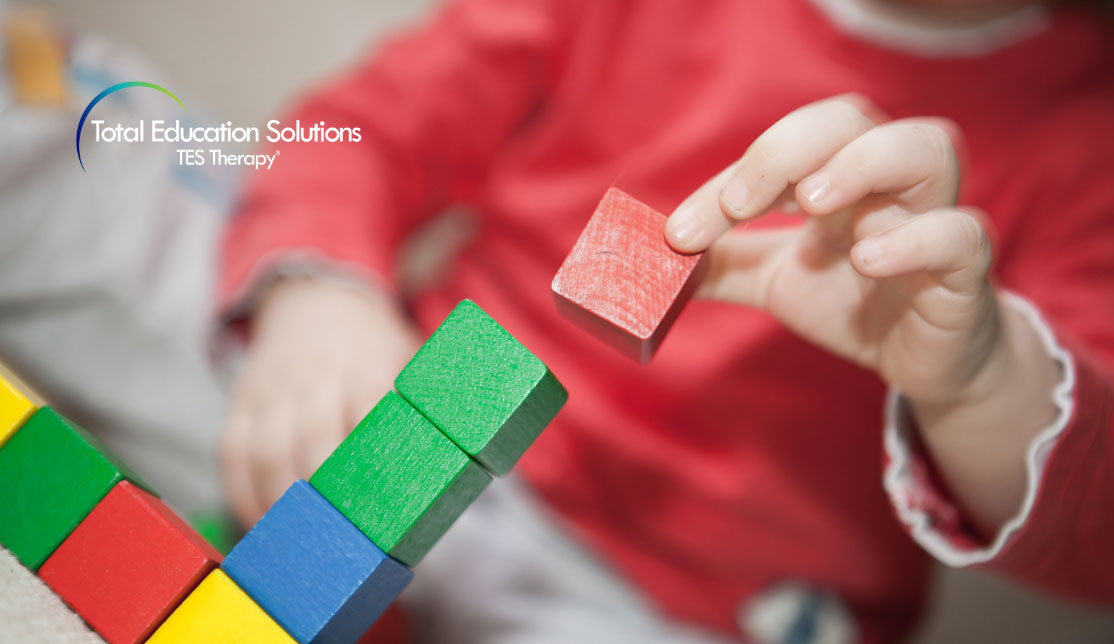
 07 Dec 2018
07 Dec 2018 